Picture this: you’re scrolling through your favorite skincare store, on the hunt for a new moisturizer. Suddenly, you spot it – the shiny object of your desires. The price tag? A cool $99.99.
“What a steal!” you think to yourself as you gleefully click “add to cart.” But wait a minute. Why does that price feel so much more appealing than an even $100? Is there some sort of sorcery at play here?
Actually, yes – the sorcery of psychological pricing. Those seemingly random prices ending in .99 or .95 aren’t just pulled out of thin air. They’re carefully crafted using principles of human behavior and decision-making. And for copywriters and marketers, they can be a powerful tool for boosting sales and click-through rates.
So, how does it work?
The Power Of Charm Pricing
First up, let’s talk about the most common psychological pricing trick in the book: charm pricing (also known as “odd pricing” or “just-below pricing”). This is when you set your price just a smidge below a round number – like pricing a product at $19.99 instead of $20.
Why does this work? It all comes down to something called the “left-digit effect.” Our brains process numbers from left to right, so we tend to latch onto that first digit and give it the most weight. When we see $19.99, our brains register it as being significantly cheaper than $20, even though the difference is just a measly penny.
But there’s more to it than that. Those .99 endings also create a subconscious sense of a bargain or deal. It’s like our minds are saying, “Look! It’s not quite the full price!” This can be especially effective for impulse buys or lower-cost items.
Of course, like any good magic trick, charm pricing has its limits. Use it too much, and customers might start to feel like they’re being duped. And for high-end or luxury items, those .99 endings can cheapen the perceived value. Use your judgment, and sprinkle in that charm judiciously.
The Power Of Price Anchoring
Next up, let’s talk about price anchoring. This is when you give customers a reference point (or “anchor”) to help them gauge the value of a price. Usually, this anchor is a higher price that makes your actual price seem like a bargain in comparison.
Picture a department store with a rack of designer jeans. The first price tag you see reads “$200” – but it’s crossed out, with a new price of “$100” written below it. Suddenly, those $100 jeans feel like a fantastic deal, even if they’re still pricier than your average Levi’s.
That’s the anchoring effect in action. By setting that initial high price (even if it’s not the real price), you’ve given the customer a mental benchmark to compare against. You’re effectively saying: “Hey, this could have been way more expensive – but lucky for me, it’s not!”
Just be careful not to go overboard with those anchor prices. If that first number is too high, it might set off customers’ BS detectors. And always make sure you can justify the anchor price – using real data or comparisons to competitors’ prices.
The Power Of The Decoy Effect
Now, let’s talk about a sneakier psychological pricing move: the decoy effect. This is when you introduce a similar but slightly pricier product to make your main product seem like a better value.
Imagine you’re shopping for a new laptop. You’re torn between two models:
- Laptop A: $999 with 256GB of storage
- Laptop B: $1,299 with 512GB of storage
Both seem like decent options, but you’re having trouble deciding if that extra storage is worth the added cost.
But then, you spot Laptop C: $1,599 with 512GB of storage and a slightly larger screen. Suddenly, Laptop B is looking pretty darn good – it has the same storage as the pricier model, but it’s way cheaper! You whip out your credit card faster than you can say “upsell”.
That’s the decoy effect at work. By throwing in that third, priciest option, the seller has made Laptop B seem like a comparatively great deal – even though you probably wouldn’t have gone for C anyway.
As a copywriter, you can use this effect on sales pages or in ad copy by introducing decoy products or packages. Just make sure the decoy is similar enough to make a fair comparison – but not so appealing that it steals the show from your star product.
Summing Up
So, there you have it – three powerful psychological pricing strategies to add to your copywriting toolbox. Whether you’re crafting search ads, designing landing pages, or writing product descriptions, these principles can help you subtly influence how customers perceive your prices.

